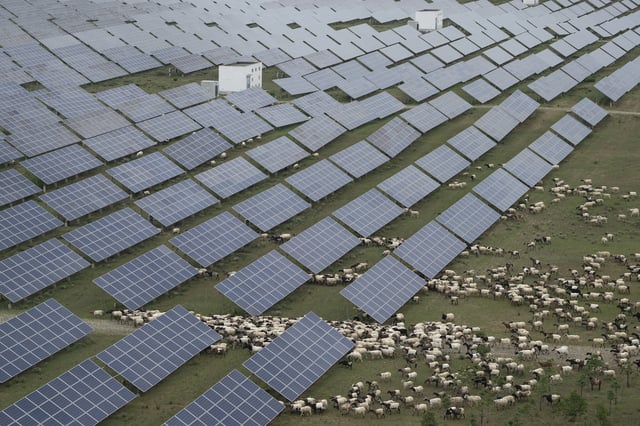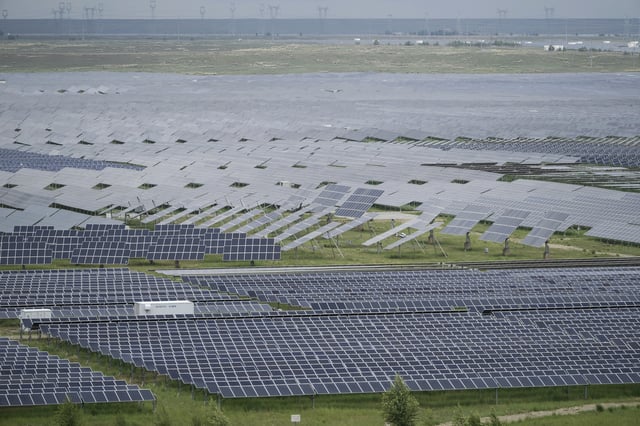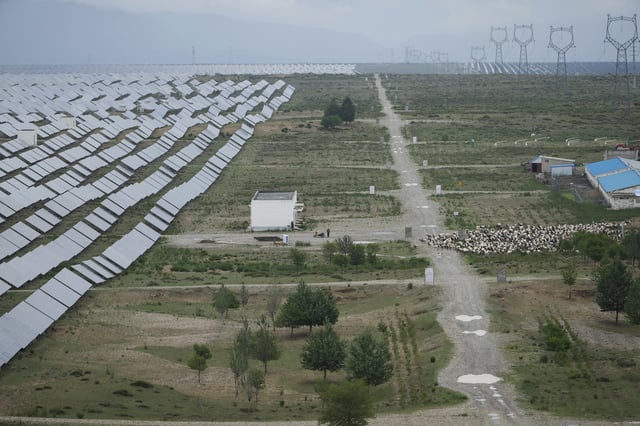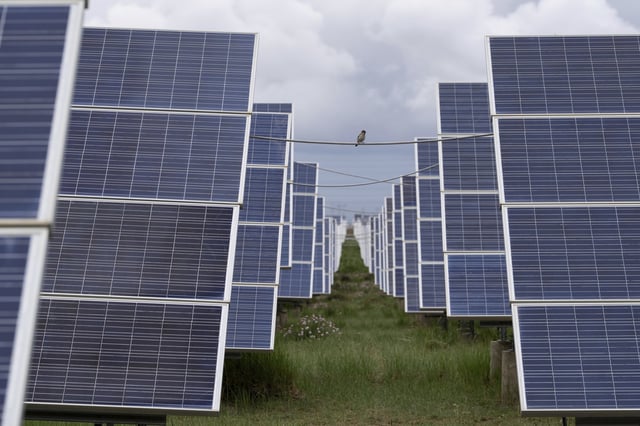Overview
- A study by Lauri Myllyvirta of CREA reports China’s carbon emissions fell about 1% year over year in the first half of 2025, extending a decline that began in March 2024.
- China installed roughly 212 gigawatts of solar in the first six months of 2025, with solar generation surpassing hydropower and likely to overtake wind as the largest clean source this year.
- Electricity demand rose about 3.7% in the period, yet growth in solar, wind and nuclear output outpaced consumption, supporting the emissions decline.
- Officials showcased a planned 610 square kilometre solar farm on the Tibetan plateau with more than 7 million panels, expected to supply power for about 5 million households when complete.
- Moving western renewables to eastern demand hubs hinges on new long-distance lines, with a Qinghai–Henan link operating and routes to provinces such as Guangdong planned, while coal dependence and grid inflexibility remain key hurdles to deeper cuts toward the 2060 goal.



